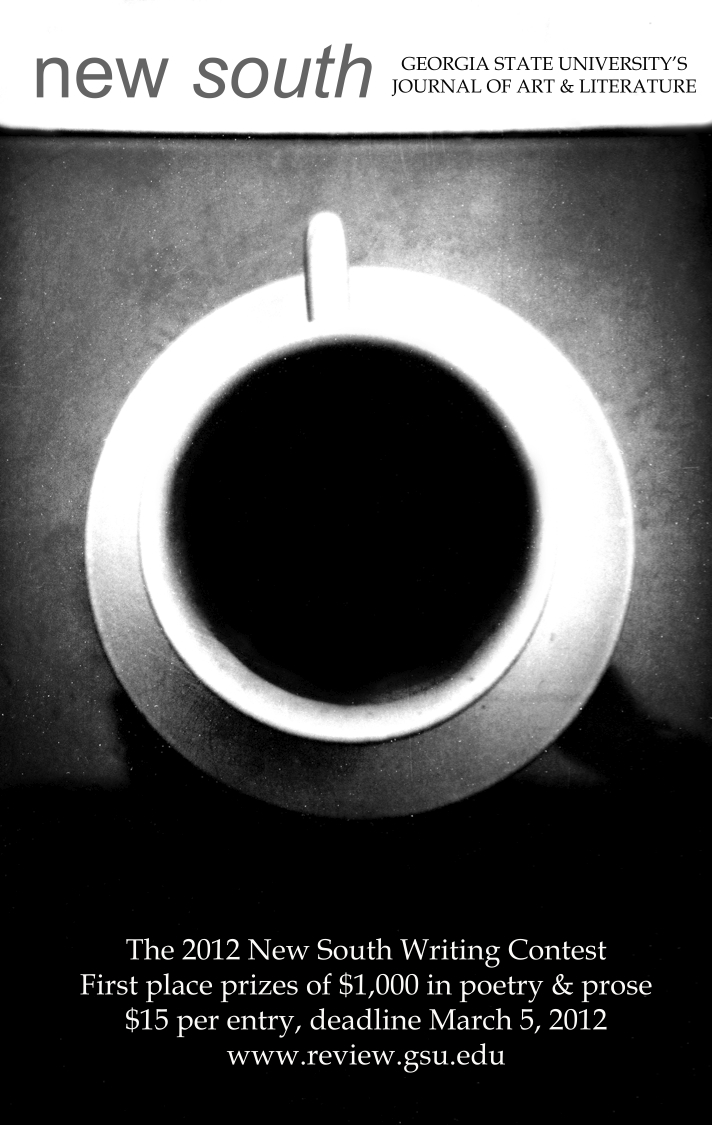My heart and my brain are currently colluding to make me write poems in which sound is a main factor. In the past few years, I’d made poems on a precise subject on purpose – a sculpture, an aromatic herb, a waterfall, a kimono, a collapsed shed. But then I began to swerve away from choosing subjects beforehand, and toward writing poems where sound is foregrounded and seems a subject in itself. I instance three poems, and wonder about why. The first is called “Poem.”
Poem
The aoudad, a North
African sheep, doesn’t
eat the fruit of the
baobab tree, a South
African native.
“Chaos” and
“inchoate” sound
like words related
to one another,
but of course they
aren’t. Totally
different roots.
American Heritage
says “inchoate” is
from Latin for “not
yet harnessed.” It
says “chaos” is from
Latin (and Greek) for
“empty space.” Well,
both words are lovely
noises to dramatize
confusion. So are
ukes of koa wood,
a fine-textured
Hawaiian tree.
In Maori, the
particle noa means
all these words or
phrases: only,
just, nearly, quite,
until, at random,
idly, fruitlessly,
in vain, and as soon as.
Noa sounds like
an adverb to me.
What is it with
O and A – alpha
and omega?
I logged onto
AOL to see.
Aonia is where
the Muses live,
in Helicon. In
Italy, Aosta was
St. Anselm’s home
town. The lifting
organ, the aorta,
carries blood for the heart.
 I’d always thought the words “chaos” and “inchoate” were weird and wonderful (and not very useful). One day, digging around, I kept coming on other words in which O and A figured. Who has heard of the aoudad sheep? How many people know the versatility of the particle noa? The items on my list clung together, together with the grand concept of A and O, alpha and omega, the beginning and the end. It seemed good in a poem to have small things brought into a relation with higher things. And there’s nothing small about the aorta or about what its job is.
I’d always thought the words “chaos” and “inchoate” were weird and wonderful (and not very useful). One day, digging around, I kept coming on other words in which O and A figured. Who has heard of the aoudad sheep? How many people know the versatility of the particle noa? The items on my list clung together, together with the grand concept of A and O, alpha and omega, the beginning and the end. It seemed good in a poem to have small things brought into a relation with higher things. And there’s nothing small about the aorta or about what its job is.
Saints Partying
On the Santa Ana winds this elevated group
soars, and at night by the light of St. Elmo’s fire
they drift as far as San Domingo and beyond. You should
see them gyrating to “The St. Louis Blues”
and “The St. James Infirmary”! The opposite of St. Bernards.
On breaks, this one reads Four Saints in Three Acts, by Stein;
that one is reading Saint Joan, by Shaw. A third is
reading Mont–Saint–Michel and Chartres, by Henry James. They are all
reading about themselves in The Lives of the Saints
in St.-Tropez or St.-Moritz, watering-places of glamour.
The saints make frequent use of the antidepressant and antioxidant St. John’s wort.
Settling in with cases of St.-Émilion, one of them retells
the riddle of “As I was going to St. Ives.” Another recites
“The Eve of St. Agnes.” One is immersed in Rumer Godden’s
lovely novel A Candle for St. Jude. They dine on coquilles St.-Jacques.
And they think this is lots of fun, but extreme hedonism and extravagance
and cultural overload catch up with every one of them. So they go on the
historic pilgrimage – mountain and valley, desert and plain and swamp – to Santiago de Campostela.
The use of the word “saint” in this poem is distant from that of the historical figures revered by churches. Many uses here refer to geographical places named for saints; some to literature, to music, to an herb; to a wine, to a stately dog breed. The situation is slightly absurd. It’s not that saints have attached themselves to the secular world; rather, the secular world has attached itself to them.
I chose this poem-making method: I ransacked reference works to get names of saints; I collected these names and tried to unite them on a page in some sort of relationship dictated by the repeated use of the names. It didn’t make logical sense, and I didn’t expect it to. It was an “artificial” method. But when I had finished, I thought it had become a poem. Repeating the word “saint” throughout the poem makes it seem like a litany. Is it a secular one? Or not? The saints in this poem seem to be living in the midst of joy and energy, peaceable, the way we’re supposed to be.
The third and final poem is a ghazal. The form has the built-in sound repetition of the compulsory end words, repetitive whether you like it or not! (I’ve only written one ghazal before.) As I wrote, I heard the long O’s and short O’s make themselves known. I thought they helped make the poem both unified and ridiculous (the latter especially, in that the poet thinks she would be any good at playing a horn). “Bone Ghazal” praises “distinguished figures” with sonorous names – the Aldas, Marilynne Robinson, Goya. (The Bonapartes are of course distinguished for warfare.) All three poems were calling to me to pay careful attention to the aural presence.
Bone Ghazal
There is a handsome wildflower/weed, eupatorium perfoliatum, bone-
set, which I worked my fingers to the bone
trying to transplant, without success. It bears white umbels –
umbrellas, really – and its blossom is the color of bone.
Alan Alda, they say, told a Columbia Physicians and Surgeons
commencement that “The headbone is connected to the heartbone.”
The brother of Napoleon, seated on the throne of Spain,
was painted by Francisco Goya: this was Joseph Bon-
aparte, they say. Glamour and privilege; in those circles
they dined on the delicate veal sauce and marrow-bone
flavor of osso bucco. You wouldn’t find this dish in the
town of Robinson’s masterpiece, Housekeeping, Fingerbone,
Idaho. Boneset was used in home remedies, teas to assuage
pain of ague, flu and colds, indigestion in the elderly, bone
fractures. (Boneset tea! Catlap!) Alan and Arlene Alda gave so much
to help the world of poetry, I think there isn’t a mean bone
in the body of either one. Goya painted masterpieces
galore, despite a tumor on the legbone.
This ghazal celebrates distinguished figures
whom I wish I had the musical talent to praise with the trombone.

